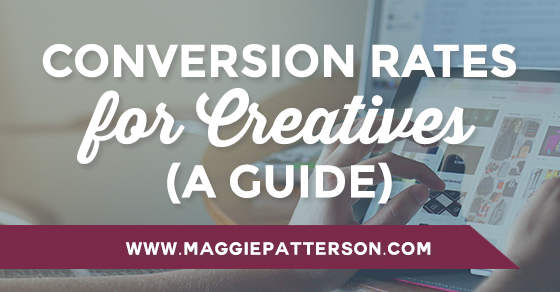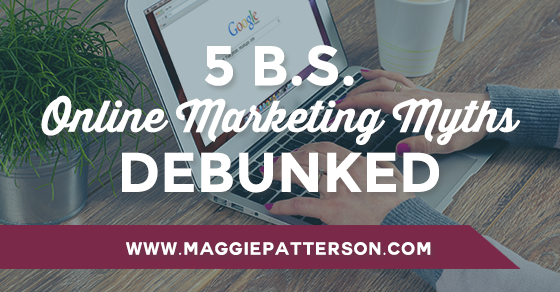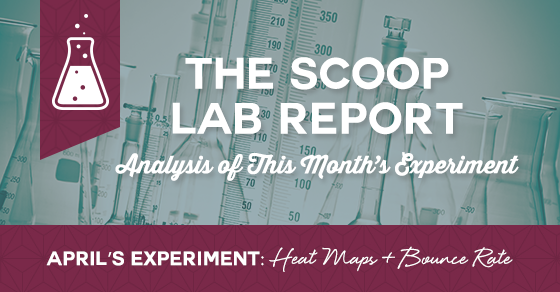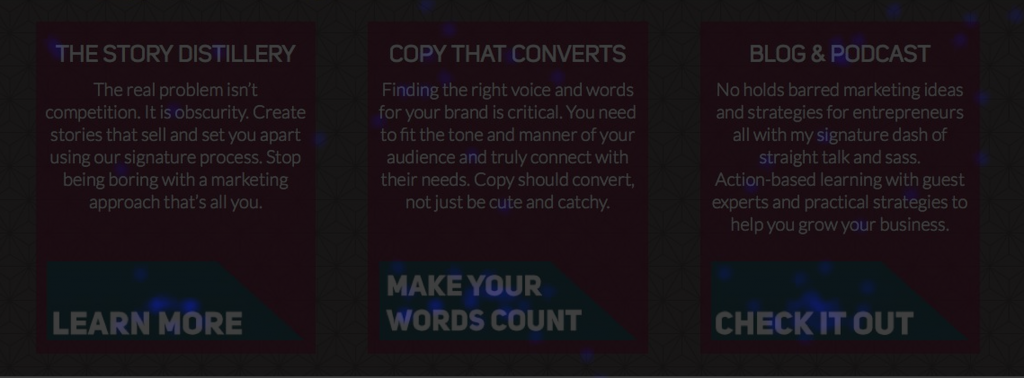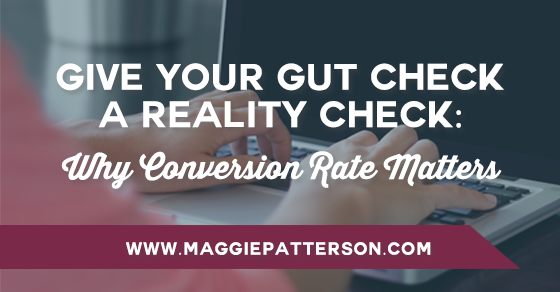
There’s a million and one things you could do to “market” your business, but what’s the right thing? Which one will get you the results you’re after?
Damn good question.
It’s a question without a clear cut answer. And anyone who claims to be able to tell you exactly what to do may very well be a liar, especially if it’s along the lines of “now, just follow these three easy steps.”
Figuring out your marketing isn’t about replicating someone else’s results but nailing down the approach that works for you. And that’s exactly why I’m not a fan of any marketing strategy or advice being taught by someone who’s done it exactly for one person – themselves.
Unfortunately, that’s all too common online. Yes, lessons learned and first hand experience are great, but they’re not the bedrock marketing you need to build your marketing on.
Which is why you need to have a handle on what’s called the marketing cycle. It’s an easy way to understand how each piece of the marketing puzzle feeds into the next one and how all the pieces of the puzzle fit together.
The Marketing Cycle Explained
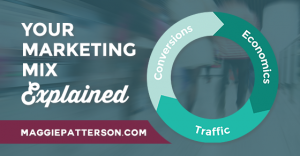 There’s no shortage of marketing advice out there, but when it comes to online marketing the concept of the marketing cycle is well played out.
There’s no shortage of marketing advice out there, but when it comes to online marketing the concept of the marketing cycle is well played out.
Originated by Perry Marshall in the book 80/20 Sales and Marketing, it’s a succinct way to make sure you’re addressing the key touch points of your marketing.
Essentially, there are three parts to the marketing cycle – Traffic, Conversions and Economics.
I don’t know about you, but you likely spend most of your time on traffic. And with good reason, this is where you’re engaging new people as they discover your business. This may be on social media, at events or publicity activities. The goal is to get people to connect with you and to want to learn more.
But here’s where shit falls apart. When it’s time to convert people from a casual connection into action such as subscribing or purchasing from you, you need your landing page, website or wherever else you’re sending them to deliver the goods.
[clickToTweet tweet=”Traffic doesn’t matter if your website totally sucks. #truthbomb New blog post” quote=”Traffic doesn’t matter if your website totally sucks. #truthbomb New blog post”]
Conversions for the (Small) Win
Enter conversions. Or as I like to think of it, as the land of small wins. When you have a website, you know exactly how many moving pieces there are involved. Copy, design, tech integrations and much more.
If you’re taking the time to send traffic to the site, you owe it to yourself to continuously be improving on what you have so you convert that traffic into action.
Think of this in the context of one of your sales pages. Every element of your page from the photo of you to the text on your purchase button to the social proof you’re using, impacts the end result. So tweaking that page, testing it and then optimizing it over time can give you a series of small wins. Those small wins bring better results in your business.
Closing the Loop: Economics
Finally, what happens once someone is your customer or client? These are the economics of running your biz. It’s not enough to convert someone, you then need to execute on what you’ve promised.
While you may not think of this part of things as marketing, it sure as hell is. Because if you do this part right, you’re going to need WAY less marketing in the long run. It’s how people build thriving businesses without an online presence.
It all comes down to the experience you deliver your customer or client from the time they first engage with you to when you’re done working with them. Never underestimate how incredibly powerful this is, or drop the ball here in favor of working harder on the front end of the cycle to get new people in the door. Happy customers are repeat customers and they will refer you to everyone they know.
If you want to dive more into this, check out the Surprise and Delight Guide with advice from 35+ smart business owners:
Get your free copy of the Surprise & Delight guide now.
Your Marketing Not-So Secret Weapon
With a firm grasp on the marketing cycle, how do you actually apply it? It’s all about finding the balance between all three pieces so that you’re essentially creating a flow where people discover you, engage and then continue to do business with you.
It’s easier said than done. So here’s a few ways to approach it:
- Traffic: Choose a handful of tactics and focus on doing it really well so that they’re actually effective, instead of trying to be everywhere and running around following expert advice. You need to see what works for you, where your audience is and go from there.
- Conversions: You know that moment when you launch your website and you’re so excited because you’re done. You’re never going to be done, which is why I’m a huge proponent of not over-investing in design when you’re starting out. You don’t know what you don’t know yet, so start where you are with your site and evolve over time.
- Economics: Set aside marketing time to work on your “surprise and delight”. Keep your customers happy and close the loop so they’re dying to give you a testimonial.
The goal of your marketing is to support your business goals and get results. Not to fluff up follower counts or make you look like you’re awesome when you’ve just got an expensive hobby. Results come from getting clear, and action is what breeds clarity. Work all parts of your marketing cycle and over time you’ll watch your results grow.
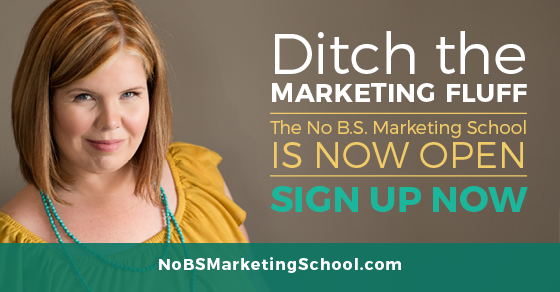
Results. Clarity. A plan that actually works for you and doesn’t mean you’re focusing on marketing 24/7.
This is exactly what the No B.S. Marketing School is all about. And this isn’t like anything else out there, it’s based on 15+ years of planning and executing marketing programs from huge brands to startups to solopreneurs. We’ll keep the cookie cutters in your kitchen and break the marketing mold to get you where you want to go.
The No B.S. Marketing School is only open for registration through September 15th, and class starts Monday September 21st. Will you join us for the founding class?
